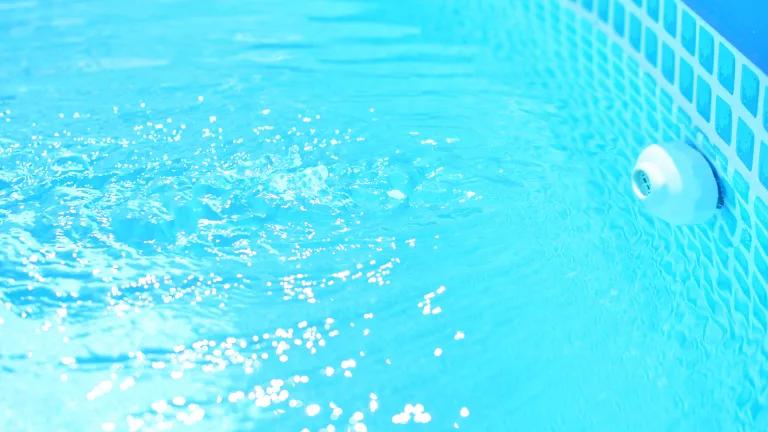California’s Swimming Pools to Get Even Better

Did you know that California is home to more swimming pools than anywhere else in the country? Those backyard and large community pools can be costly to operate, especially if the pump circulating the water is inefficient. While new national efficiency standards effective next year will mean greater energy savings when a consumer purchases a new pump, the motor running it often fails before the pump itself. Unfortunately, there is no national standard for replacement pool pump motors. Today’s California Energy Commission decision to adopt updated state standards for these motors closes that gap and positions the state as an energy efficiency leader once again.
The standards will ensure that every replacement swimming pool pump motor sold in California as of July 2021 is an efficient one, whether it’s for the pool in someone’s backyard, school or university, hotel, or town pool.
And the savings will really add up, given that the state is home to almost one-fifth of the pools in the United States.
Efficient Replacement Motors Mean Cleaner Air and Big Savings
According to California Energy Commission (CEC) estimates, the standards will save 451 gigawatt hours per year, which translates to $82.5 million in net utility bill savings per year for Californians once the current stock of existing swimming pool motors turns over. To put that amount of savings into perspective, that’s enough electricity to power the entire fleet of trains operated by BART—the Bay Area Rapid Transit train system serving San Francisco, Oakland, and many of the cities on the way to San Jose—for a year.
And the less electricity we must generate means cleaner air and fewer carbon emissions from burning fossil fuels to produce it.
Why Are Standards Needed?
A swimming pool pump contains a dedicated motor and after several years of use, the motor will eventually fail. While national efficiency standards for new swimming pool pumps are due to go into effect in July 2021, there are no federal standards for the motors sold to replace the original ones running them. Without these standards, the pool owner could purchase a replacement motor that is less efficient than the one it is replacing and would be burdened with higher operating costs for years.
California has had a standard for replacement pool pump motors on the books since 2006, which outlaws the least-efficient products and requires two-speed capability for motors larger than 0.75 total horsepower. The updated standard approved today moves to a performance-based standard. This means that all pool pumps between 0.5 and 5 total horsepower will be required to be variable speed, with minimum motor efficiency requirements for pumps smaller than 0.5 total horsepower. Variable speed motors are significantly more efficient than non-variable speed, as they can be “dialed back” to use less energy while still getting the job done. Importantly, California’s updated performance-based standards align with the federal pump standard, which also requires variable speed motors.
The CEC estimates that the owner/operator of a larger public pool will save $5,870 or more over the replacement motor’s lifetime when selecting one that meets its new standards.
Without these standards the pool operator would likely take whatever motor the repair person had on the back of their truck or in their warehouse, as long as it was the right size. Afterall, no one wants to be responsible for the pool being closed during a hot summer day or just before a big swim meet.
Why Not National Pool Pump Motor Standards?
Leading environmental and energy efficiency advocates, including NRDC, utilities, state regulators, and pool pump motor manufacturers participated in an extended negotiation with the U.S. Department of Energy (DOE) to develop consensus national minimum energy efficiency standards for pool pump replacement motors. An overall agreement was reached and presented to the DOE for its consideration and adoption.
Unfortunately, the DOE under the Trump administration is more focused on rolling back efficiency standards than setting new ones and has not acted on this proposal since it was submitted more than 15 months ago. Given this situation, the CEC created its own standards, building from the content in the national proposal. Ideally, the California standards will be adopted by other states soon and pave the way for an eventual national standard.
The CEC and all those involved in supporting the development and passage of these energy-saving standards deserve a victory lap in a nearby pool of their choosing.



